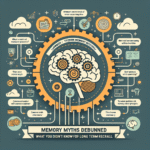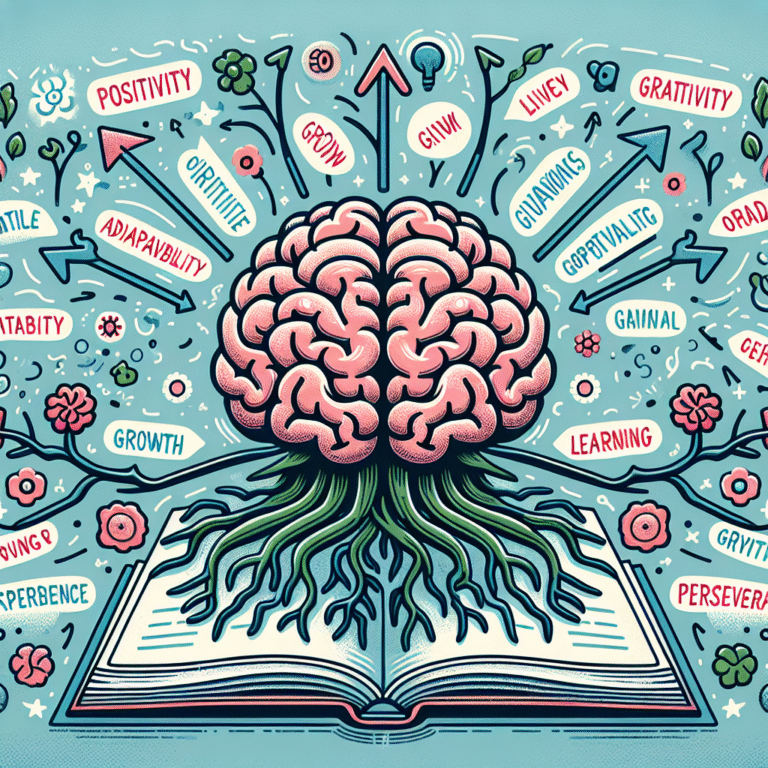
Introduction
In an era where education is rapidly evolving, the need for effective assessment methods has never been more critical. Traditional assessments often fail to provide a comprehensive picture of a learner’s capabilities, underscoring the importance of exploring innovative assessment techniques. By embracing these tools and tips, educators can not only evaluate student performance more effectively but also enhance the overall learning experience. This article delves into innovative assessment techniques that are reshaping the educational landscape, offering valuable insights, case studies, and practical guidance for educators at all levels.
Understanding Innovative Assessment Techniques
What Are Innovative Assessment Techniques?
Innovative assessment techniques go beyond standard tests and quizzes, involving various formats to evaluate student learning effectively. These techniques may include formative assessments, project-based assessments, peer evaluations, and technology-enhanced assessments. By incorporating multiple assessment forms, educators can gather a more nuanced understanding of student progress and potential.
Importance of Innovative Assessment Methods
Innovative assessment methods play a crucial role in preparing students for real-world challenges. Here are a few reasons why:
Holistic Understanding: They allow for a broader view of student abilities and learning styles, accommodating diverse learners.
Continuous Feedback: These techniques often promote ongoing feedback, helping students adjust their learning strategies in real-time.
- Engagement: Innovative assessments can increase student engagement, as they often involve collaborative and creative activities.
Tools for Innovative Assessment Techniques
1. Digital Portfolios
What They Are: Digital portfolios serve as an online archive of students’ work over time. They might include essays, projects, videos, and reflections.
How to Implement:
- Use platforms like Seesaw or Google Sites to allow students to upload their work regularly.
- Encourage students to reflect on their learning journey.
Case Study: The Impact of Digital Portfolios
A high school in California implemented digital portfolios across its curriculum. Over one academic year, data showed that student engagement rose by 30%, and self-assessment scores improved significantly. The portfolios fostered a sense of ownership and accountability among students.
2. Peer Assessment
What It Is: Peer assessment involves students evaluating each other’s work. This approach not only helps students learn to critique constructively but also deepens their understanding of the material.
How to Implement:
- Develop clear rubrics that define criteria for assessments.
- Use platforms like Peergrade for anonymous exchanges.
Case Study: Enhancing Critical Thinking
At a university, a course redesigned its assessment strategy by integrating peer assessments into group projects. Students reported that this method enhanced their critical thinking and understanding of subject matter, with a marked improvement in overall grades.
3. Gamification
What It Is: Gamification incorporates game elements into learning, transforming assessments into engaging challenges.
How to Implement:
- Introduce point systems, badges, or leaderboards.
- Use platforms like Kahoot! or Quizizz for interactive gaming assessments.
Case Study: Boosting Participation
At an elementary school, teachers adopted gamification techniques in their assessment strategies. They found that student participation increased, with a 40% rise in homework completion as students competed for rewards.
4. Real-World Projects
What It Is: Real-world projects focus on practical applications of knowledge, requiring students to solve real problems.
How to Implement:
- Collaborate with local businesses or community organizations for problem sets.
- Encourage students to present their solutions.
Case Study: Community Engagement
A middle school launched a project-based learning initiative, partnering with local charities. Students actively engaged in addressing community issues, resulting in not only improved assessments but also increased community connections.
5. Automated Assessments
What They Are: Automated assessments utilize technology to evaluate students efficiently, freeing up time for educators to focus on instruction.
How to Implement:
- Utilize tools like Google Forms for quizzes with automatic grading features.
- Employ programs that provide instant feedback.
Case Study: Efficiency Gains
A community college reduced grading time by 50% using automated assessments. This efficiency allowed instructors to concentrate on providing personalized feedback to students, ultimately improving learning outcomes.
Tips for Implementing Innovative Assessment Techniques
1. Start Small
Implement one new technique at a time to allow for effective integration without overwhelming students or educators.
2. Gather Student Feedback
Solicit feedback from students about the assessment methods. This input can provide insights into their engagement and learning preferences.
3. Train Educators
Provide professional development workshops for teachers to become comfortable with new technologies and methodologies.
4. Foster a Growth Mindset
Encourage a culture where mistakes are seen as learning opportunities. This approach is crucial for innovative assessments, fostering resilience in students.
5. Collaborate with Peers
Encourage educators to share their experiences and tips for innovative assessments. This collaboration can lead to shared resources and enhanced techniques across the board.
Conclusion
The landscape of education is continually changing, and with it, the methods we use to assess learning outcomes must evolve as well. By embracing innovative assessment techniques, educators can ensure they are not only capturing comprehensive metrics of student performance but also fostering a more engaging and impactful learning environment. From digital portfolios to gamification, these tools offer unique opportunities for enhancing educational experiences.
As you reflect on these practices, consider how you might implement them in your own classroom. The journey towards effective assessment is ongoing, but with these techniques, you can inspire your students to reach new heights.
FAQs
1. What makes innovative assessment techniques different from traditional methods?
Innovative assessment techniques focus on broader evaluation strategies that consider diverse learning styles and continuous feedback, whereas traditional methods often rely solely on standardized tests.
2. How can I incorporate technology into assessment?
You can use digital tools such as Google Forms, learning management systems, or educational apps like Kahoot! and Quizizz to create interactive and engaging assessments.
3. What role does feedback play in innovative assessments?
Feedback is crucial in innovative assessments, as it helps students understand their strengths and areas for improvement, guiding their learning process in real-time.
4. Are there specific subjects that benefit more from innovative assessments?
While innovative assessments can enhance any subject area, they are particularly effective in project-based and collaborative learning environments, such as STEM fields and humanities courses.
5. How can I measure the effectiveness of innovative assessment techniques?
Consider tracking student engagement, performance metrics, and feedback responses to evaluate how well the innovative techniques support learning outcomes.

















